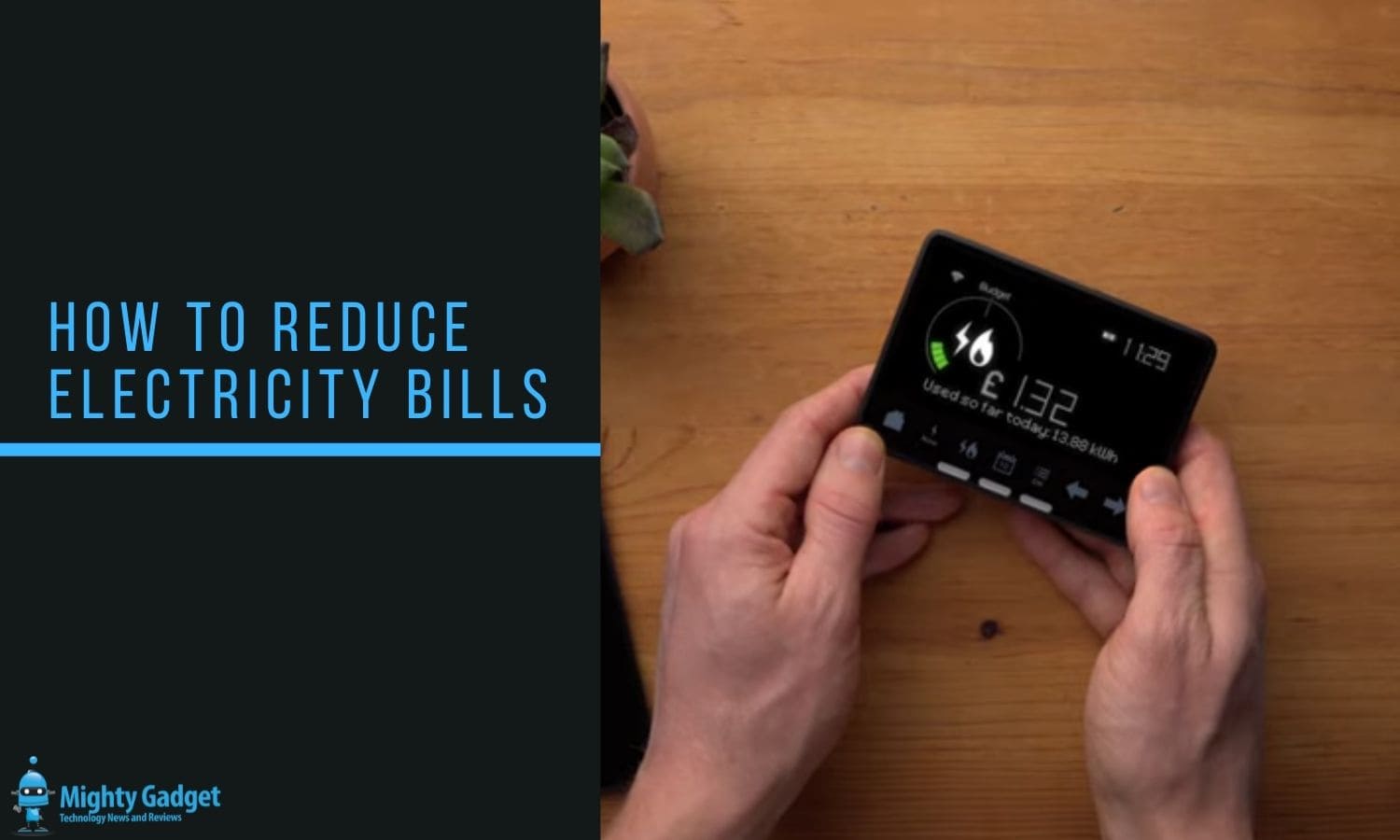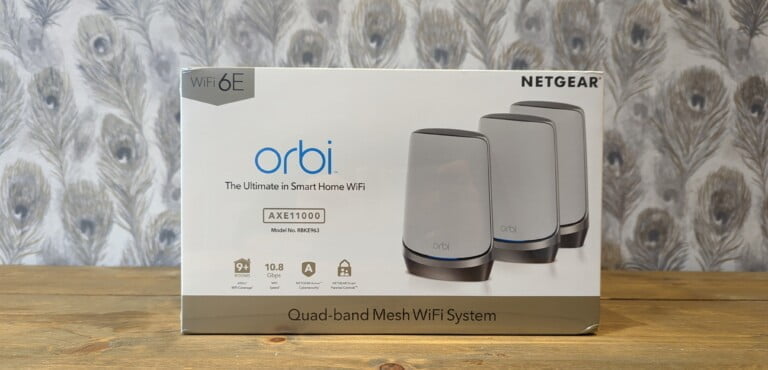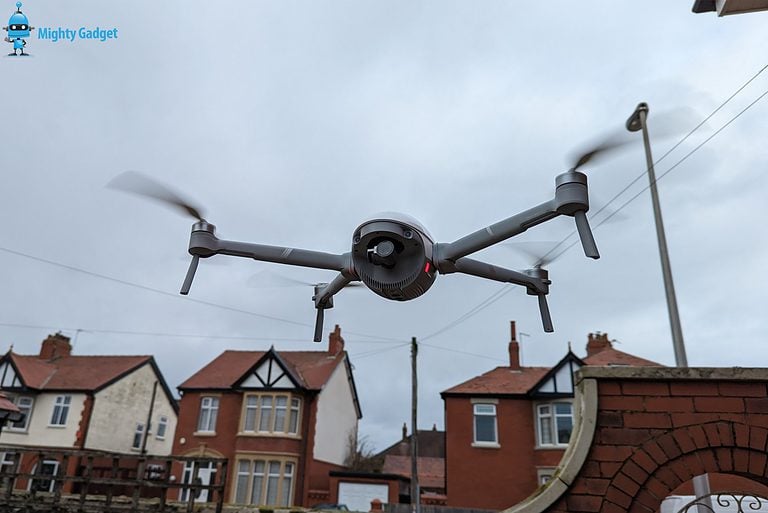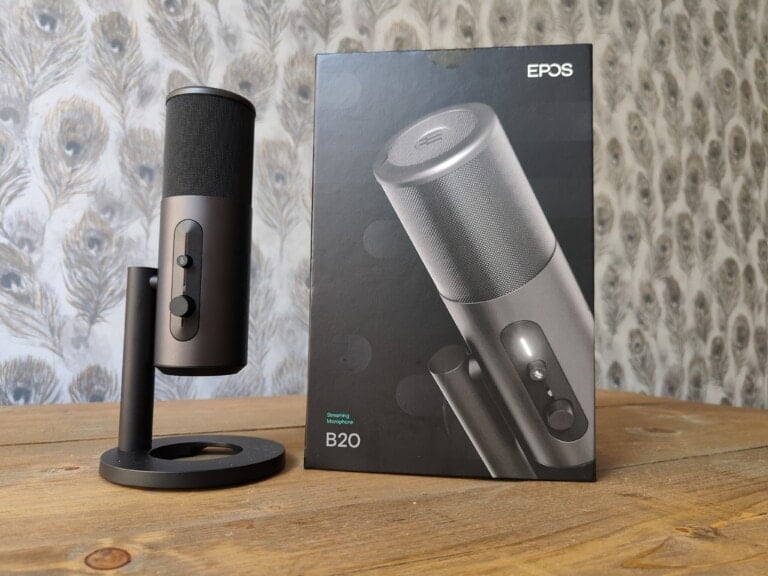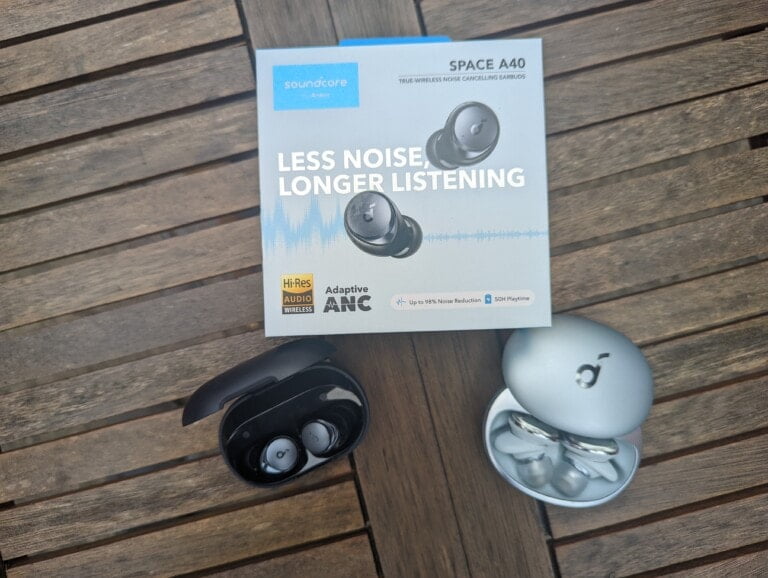Any links to online stores should be assumed to be affiliates. The company or PR agency provides all or most review samples. They have no control over my content, and I provide my honest opinion.
I am lucky that I signed up for a new fixed tariff just before everything got too crazy with gas and electricity. However, I did see our monthly bill rise about 40% and now pay £220 a month, which is a lot for a two-person household.
Like everyone else, I have been exploring ways to try and reduce our usage. In our case, I am incredibly tight-fisted with the gas-powered central heating and using zoned smart heating, our gas doesn’t cost us that much. It’s the electricity that is hitting us hard.
In my case, I am self-employed and work from home. Writing about computers and networking means I not only have my office running 10+ hours per day, but I have a server room with multiple other PCs and networking equipment that is on 24/7. I class this as a cost of business, but I have been exploring how to reduce this and find out what is causing our electricity bill to be so high.
So how do you find out how much electricity you are using and identify problem devices?
Smart Meter
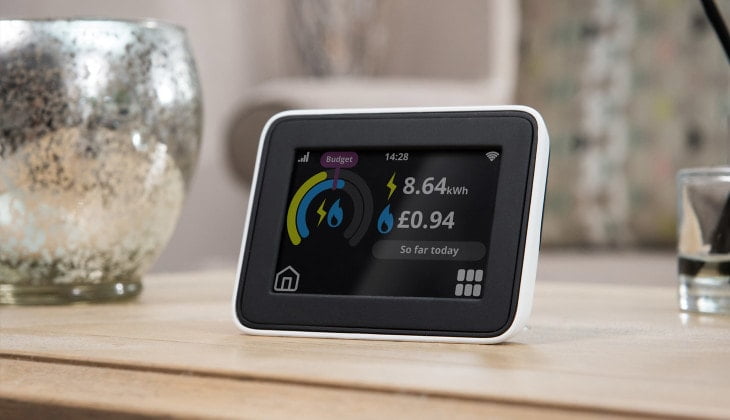
For UK homes, the first step you should do is get a smart meter. These are free to get installed, and I think all providers should be offering them now. This will allow you to get a daily reading of your electricity with it showing the actual cost. It should also update your supplier at regular intervals, which will make your bills more accurate.
Some companies allow you to integrate the smart meter with other services. For example, Bulb used to work with SmartThings, providing you with a graph of energy consumption.
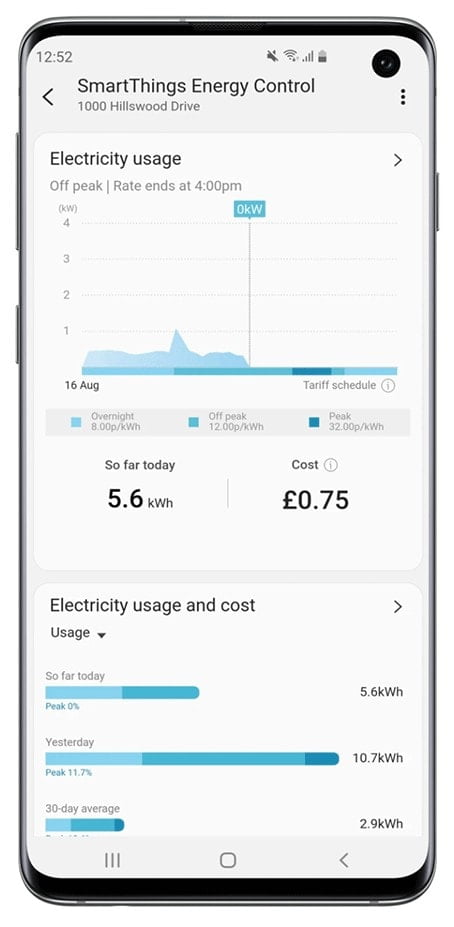
TP-Link Smart Plugs with Energy Monitoring
| Preview | Product | Rating | Price | |
|---|---|---|---|---|

| Kasa Mini Smart Plug by TP-Link, WiFi Outlet with Energy... |
£22.99 | Buy on Amazon | |

| Tapo P110 Smart Plug with Energy Monitoring, Schedule &... |
£9.99 | Buy on Amazon |
- TP-Link Kasa KP115
- TP-Link Kasa HS110
- TP-Link Tapo P110
I love the TP-Link Kasa range of smart plugs, and I personally use several of the older HS110, which are no end of life.
I don’t like the way TP-Link has created two smart home brands with Kasa and Tapo, and in this case, it is particularly frustrating. The HS110 is now the end of life, and the only place I can find selling the KP115 is the BT Shop at £21
The TP-Link Tapo P110 is available from Amazon for just £15.
The Tapo range is not compatible with Kasa, and the Tapo range doesn’t have as many products. It feels like an underhanded way of doing things.
In this case, the best option is just to run two separate apps. You may as well save money and get the TP-Link Tapo P110 rather than being forced into buying the more expensive Kasa range.
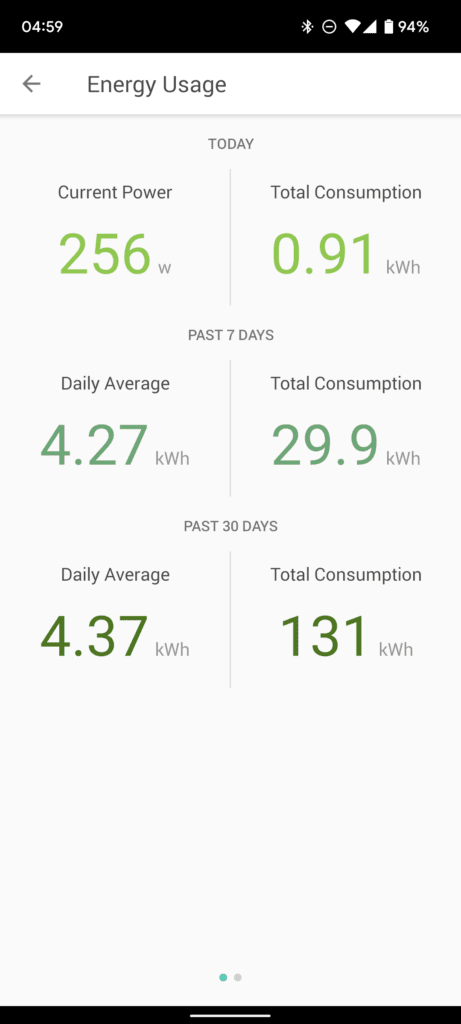
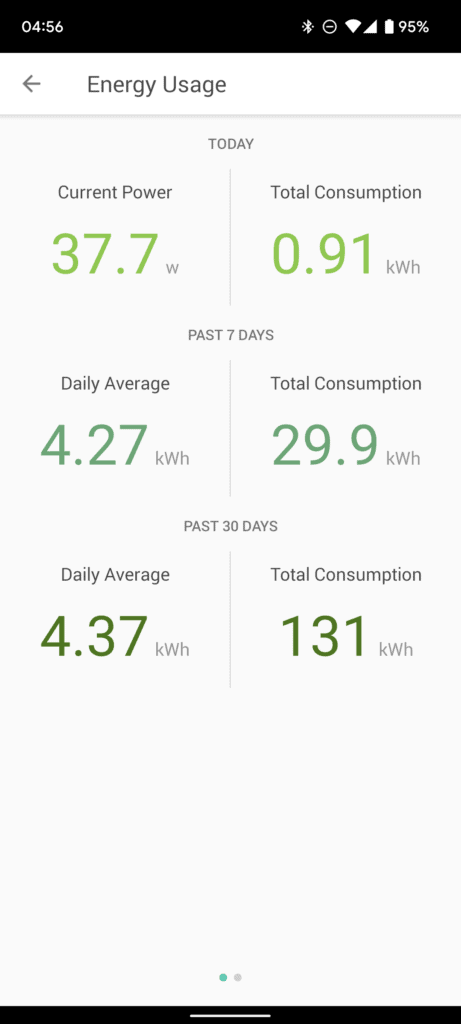

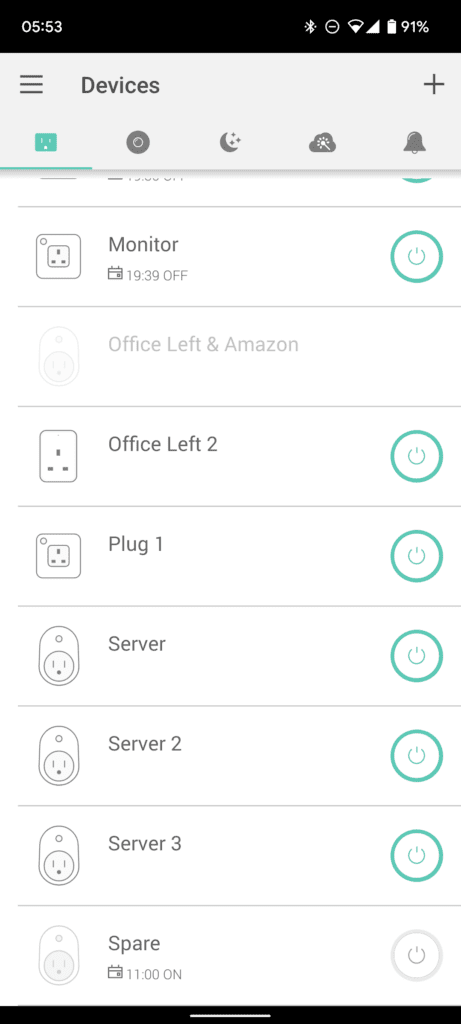
However, ignoring my issues with this system, its amazing. The smart plugs work really well, I power down my office on schedule daily. The energy monitoring gives you data on the current day, past 7 days and past 30 days. You can see daily averages and total consumption.
In my scenario, I have been trying to work out how much electricity I will save by switching off my server daily and only running it between 12pm and 8pm. It runs at about 150W so having it switched off 16 hours per day saves about 2.4Kw, which is £0.46 per day. On one hand, that saving hardly feels worth it, but it is still almost £14 per month knocked off the bill and each one of these things adds up.
Power Meter Plug / KillAWatt
| Preview | Product | Rating | Price | |
|---|---|---|---|---|

| Power Meter Plug Energy Monitor Watt Backlight LCD Display... |
£12.99 | Buy on Amazon | |

| Nevsetpo Power Meter UK Plug Power Monitor Watts Meter... | Buy on Amazon |
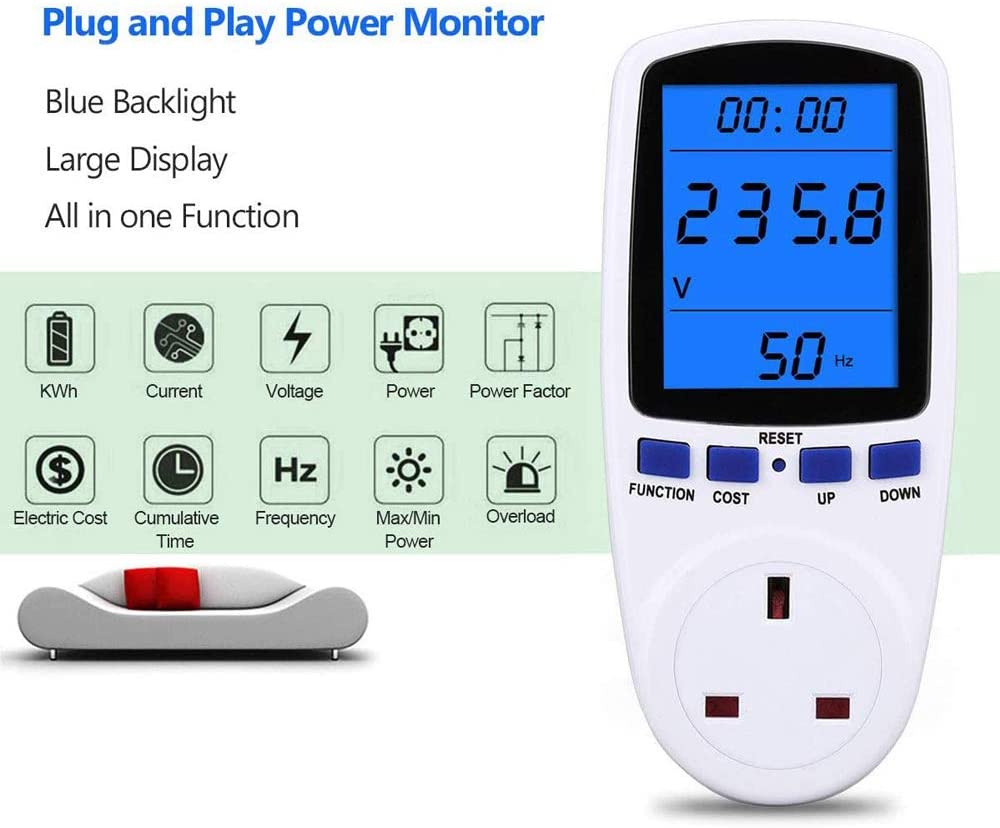
The popular Kill A Watt brand isn’t sold in the UK, but there are many clones that do a similar job.
Oddly these all cost roughly the same or more than the TP-Link Tapo P110.
Emporia Smart Home Energy Monitor
| Preview | Product | Rating | Price | |
|---|---|---|---|---|

| Emporia Smart Home Energy Monitor with 16 50A Circuit Level... | Buy on Amazon |
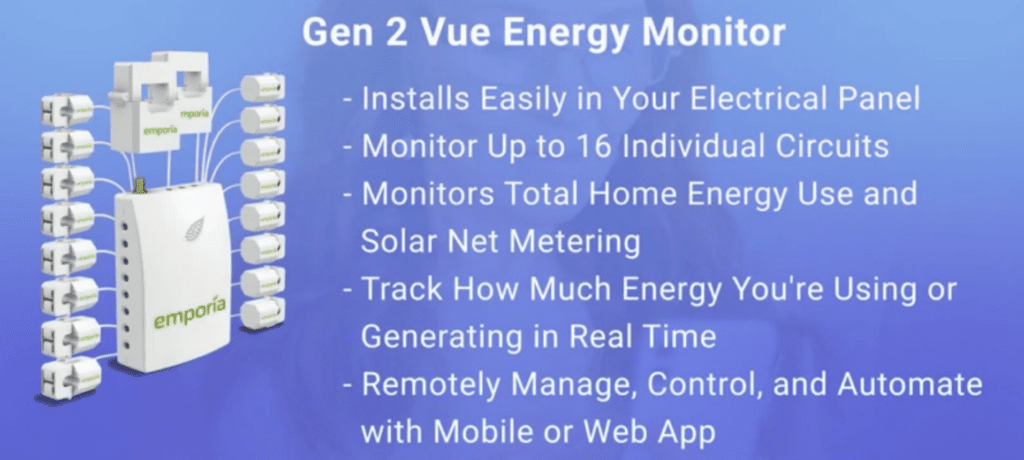
This monitor installs onto your circuit panel and monitors the energy from there. There is an option to have 16 50A sensors, and these then attach to each of the switches in the consumer unit.
UK consumer units are quite small, and this looks quite difficult to fit the additional sensors.
I’d question how much use using the monitor only is. If you have a smart meter, this will provide roughly similar data. You will have an accurate measure of your daily electricity usage, you won’t have the nice graphs that the Emporia provides but a smart meter costs nothing to get.
However, if you have the skills to fit one properly with all the sensors, it should provide you with some amazing feedback on your usage.
The biggest energy-consuming home appliances
Wet Appliances – Washing machines, dishwashers and electric showers
Anything that heats up water will use a lot of electricity, and this also gives you a hint on how to reduce it.
Your washing machine is likely the biggest culprit. It is a bit hard not to wash your clothes. However, most clothes don’t need to be washed at a high heat. Using the 20°C is perfectly fine for anything that isn’t heavily stained, and anything lightly soiled can be washed cold. Washing cold extends the life of clothing and reduces microfibre pollution.
If you are on an Economy 7 tariff with cheaper electricity during off-peak hours, you should wash your clothes and dishes in off-peak hours.
Cold Appliances – Fridges and Freezers
Keeping things cold also uses a lot of electricity, and this is another thing that is difficult to reduce.
If you happen to be running multiple fridges, for example, a beer fridge, then perhaps consider switching the none essential one off.
If you are planning on buying a new fridge or freezer, then look for the highest energy rating you can afford, it can make quite a big difference.
Apart from that, generally, just try and reduce the amount of time you leave the fridge and freezer doors open. Don’t just open the door and gawp inside while you decide what you want.
Cooking – Electric ovens, microwave, kettle
Again, heating things is expensive. When we had our kitchen redone, we switched from an all gas oven to a dual-fuel range oven with a massive electric oven cavity, and it has had a noticeable effect on our bills.
Like many people nowadays, I am a big fan of the air fryer. These will still use a lot of electricity, and they work essentially the same as a fan assisted oven, but the small compartment size means they cook faster and are heating a smaller area, therefore reducing electricity consumption considerably.
Consumer Electronics – Computers, Consoles, TV
Massive TVs, next-gen consoles and increasingly powerful gaming PCs all mean higher electricity usage.
However, in reality, this varies. Your big TV is probably only on for a few hours a day, so it might not be using that much electricity. Its standby usage is minimal, but you can use one of the power meter plugs I have previously mentioned to monitor this.
The same is more or less true for consoles and PCs. If you are a gamer, you might only be using these for a couple of hours per day.
Things get a bit more problematic for working from home where a PC may be on for 8+ hours a day. I have three big monitors running too. Our electricity bill is massive, but I accept this as a cost of business, it’s cheaper than renting an office. In this scenario, I’d make sure absolutely everything is shut down when not in use, don’t be leaving your PC on all night.
Lighting
If you are running LEDs, it is likely they don’t use up that much An LED bulb is typically only around 10W, and the GU10 spotlights are about 5W. In my office, I have three hue bulbs on most of the day, which probably works out at around 0.36Kw or 7p per day. Obviously, these things add up, so you should still switch lights off when not in use.
I am James, a UK-based tech enthusiast and the Editor and Owner of Mighty Gadget, which I’ve proudly run since 2007. Passionate about all things technology, my expertise spans from computers and networking to mobile, wearables, and smart home devices.
As a fitness fanatic who loves running and cycling, I also have a keen interest in fitness-related technology, and I take every opportunity to cover this niche on my blog. My diverse interests allow me to bring a unique perspective to tech blogging, merging lifestyle, fitness, and the latest tech trends.
In my academic pursuits, I earned a BSc in Information Systems Design from UCLAN, before advancing my learning with a Master’s Degree in Computing. This advanced study also included Cisco CCNA accreditation, further demonstrating my commitment to understanding and staying ahead of the technology curve.
I’m proud to share that Vuelio has consistently ranked Mighty Gadget as one of the top technology blogs in the UK. With my dedication to technology and drive to share my insights, I aim to continue providing my readers with engaging and informative content.
Last update on 2025-07-16 / Affiliate links / Images from Amazon Product Advertising API

